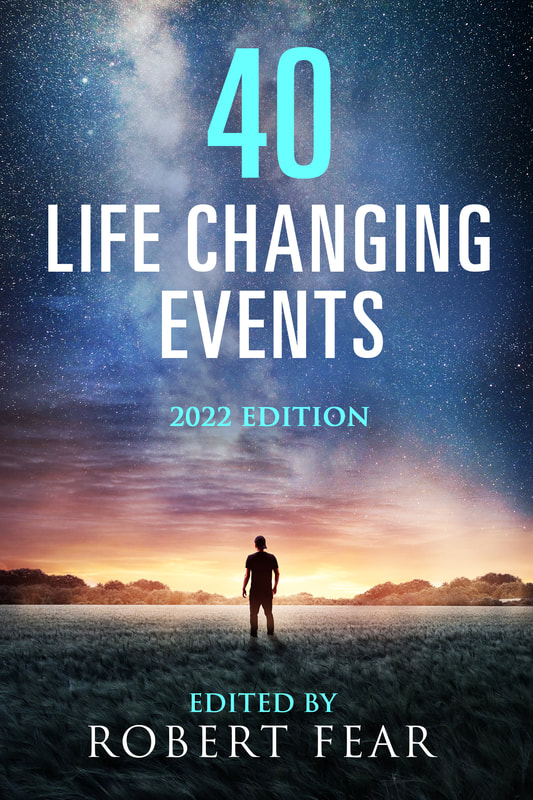In Flanders Fields by Susan Mellsopp
The luxurious grey Mercedes sped along the motorway from Brussels past creaking windmills, patchwork fields inhabited by herds of Friesian cows and quaint farmhouses. We were heading for Ieper but Clare’s GPS was frustrated by the off ramps closed for repairs and was now refusing to give any meaningful directions. I fingered the creased map on my lap and knew this was to be a day of war.
The town of Ieper was beautiful, but full of lost dreams and sad memories. After a visit to the Flanders Fields Museum in the restored Cloth Hall, and a lunch of dark earthy coffee, croque monsieur and mille-feuille we stood beneath the Menin Gate with its long lists of names of men who had given their lives for freedom. One large wreath of white lilies and blue chrysanthemums caught my attention, it was encircled with a blue ribbon imprinted with the message ‘From the Government and People of New Zealand’. Apparently a fresh wreath is delivered weekly to this place which is of such importance to my tiny country who lost so many of its young men.
I had travelled from New Zealand intent on visiting Tyne Cot, near the towns of Ieper and Passchendaele. It is the largest Commonwealth war cemetery on the Western Front and was originally a German bunker. It contains the remains of five hundred and twenty New Zealanders, most of them unidentified. Fingering the large envelope I had carried all the way from home I stared in disbelief at row upon row of carefully tended white gravestones. The scent of newly mown grass was mixed with the warm fragrances of yellow and apricot roses, pungent pink geraniums, blue and white daisies, cornflowers and sweet william. The tiny gardens nestled by each grave were carefully tended by locals, many of whom volunteer to care for the war dead. I crumbled the holy soil in my fingers as I bent to touch tiny purple miniature iris.
Walking along the rows of graves we chanced upon the headstone of a volunteer soldier from Winchester who had been awarded the Victoria Cross. I gently touched the gravestones of an infantryman from York, a digger from Adelaide and a Canadian from Victoria Island, the maple leaf attesting to the international sacrifices made so long ago. Eventually I found what I had been looking for: ‘A soldier of the Great War, NZ Rifle Brigade.’ Touching his epitaph tenderly I whispered softly “I am here, I care and we all remember you.” Some graves were without names or nationality. They had all expected an adventure and were naïve to the true nature of war.
I looked up at the fluffy clouds and lost in contemplation stared into the distance at the red roofed farm houses with their cold grey stone walls. Hay was being tumbled in the crisp spring air watched by larks circling lazily overhead. I could not begin to understand how this gentle place could have experienced such devastating carnage.
I checked the precious contents of my envelope; red poppies from our recent Anzac Day, tiny handwritten notes and a small watercolour print of the old school homestead. I reflected that this beautiful wooden home was built about the same time that many of the men buried here were born. I wondered if the staff and girls at my school had understood this as they entrusted their mementos to me. Tears welled as I walked slowly towards the New Zealand Memorial to the Missing. Staring at the long sad list of names (I learnt later that the Tyne Cot memorial begins its list of the dead and missing where the Menin Gate finishes) I traced the gold etched names knowing I would find no one who belonged to me, my uncle had returned home.
I placed the contents of the envelope on the cold marble shelf beneath a simple wreath of red poppies. Attached to the wreath was a card bearing the New Zealand flag; no words, none were needed. Reclining nearby was a roughly hewn wooden cross left by another New Zealand visitor which was inscribed simply with the words ‘we remember you’.
Red poppies were lying scattered on the marble, each with a message to a lost relative. I read several but felt I was intruding. I turned and listened as Clare began to read the inscription on the wall; ‘here are recorded the names of officers and men who fell in the Battle of Broodseinde and the 1st Battle of Passchendaele October 1917’. My voice broke as I looked at Clare and asked if she understood the importance of this place to my country.
Hearing a familiar accent I noticed a tall, elegantly dressed, middle-aged woman who was avidly searching the lists of missing Australian soldiers. She explained she had come from Melbourne to see if she could find her grandfather’s brother and his cousin who had never returned to their remote Victorian farm. In a whisper she said: “I have found them. No one in my family has made this pilgrimage before, now we know where they are.” We were ANZAC’s, kindred spirits, united in our grief. Putting our arms around each other we hugged as the reality of war and unnecessary loss confronted us.
In Flanders fields the poppies blow
Between the crosses, row on row,
That mark our place; and in the sky,
The larks, still bravely singing, fly
Scarce heard amid the guns below.
We are the Dead. Short days ago
We lived, felt dawn, saw sunset glow,
Loved and were loved, and now we lie,
In Flanders fields.











